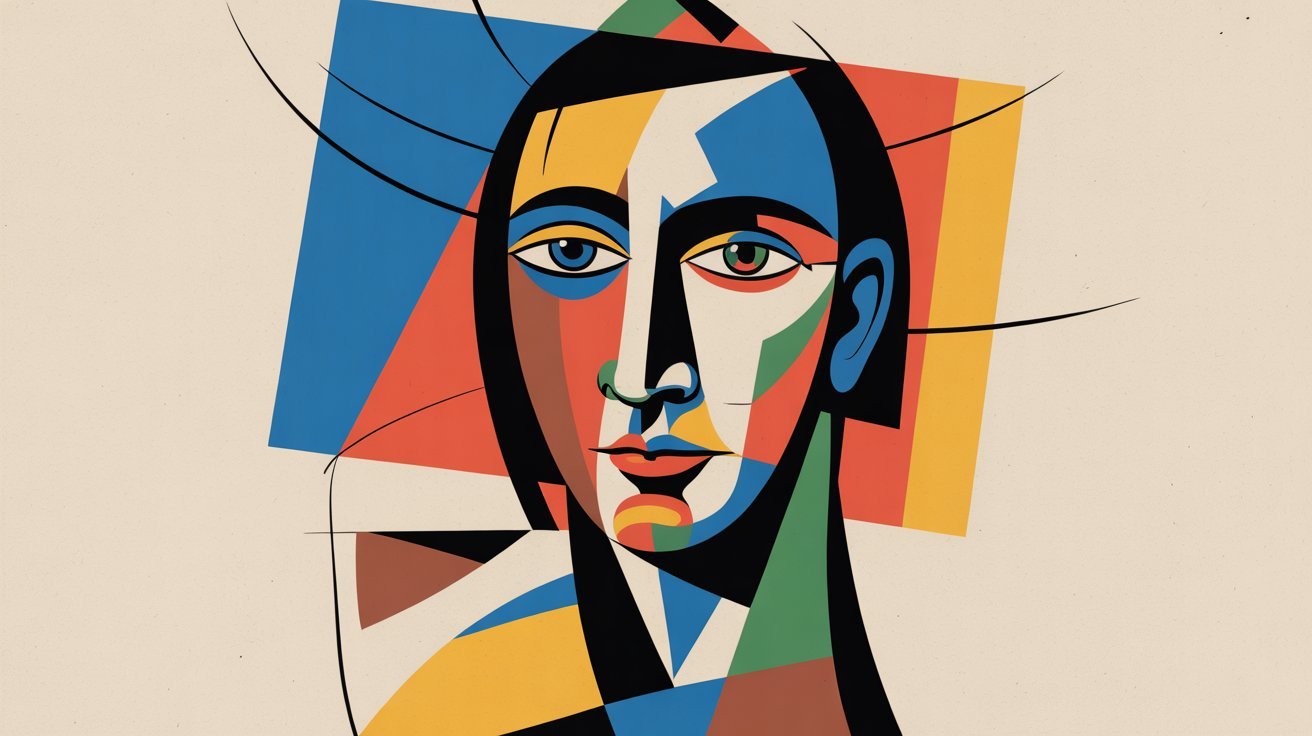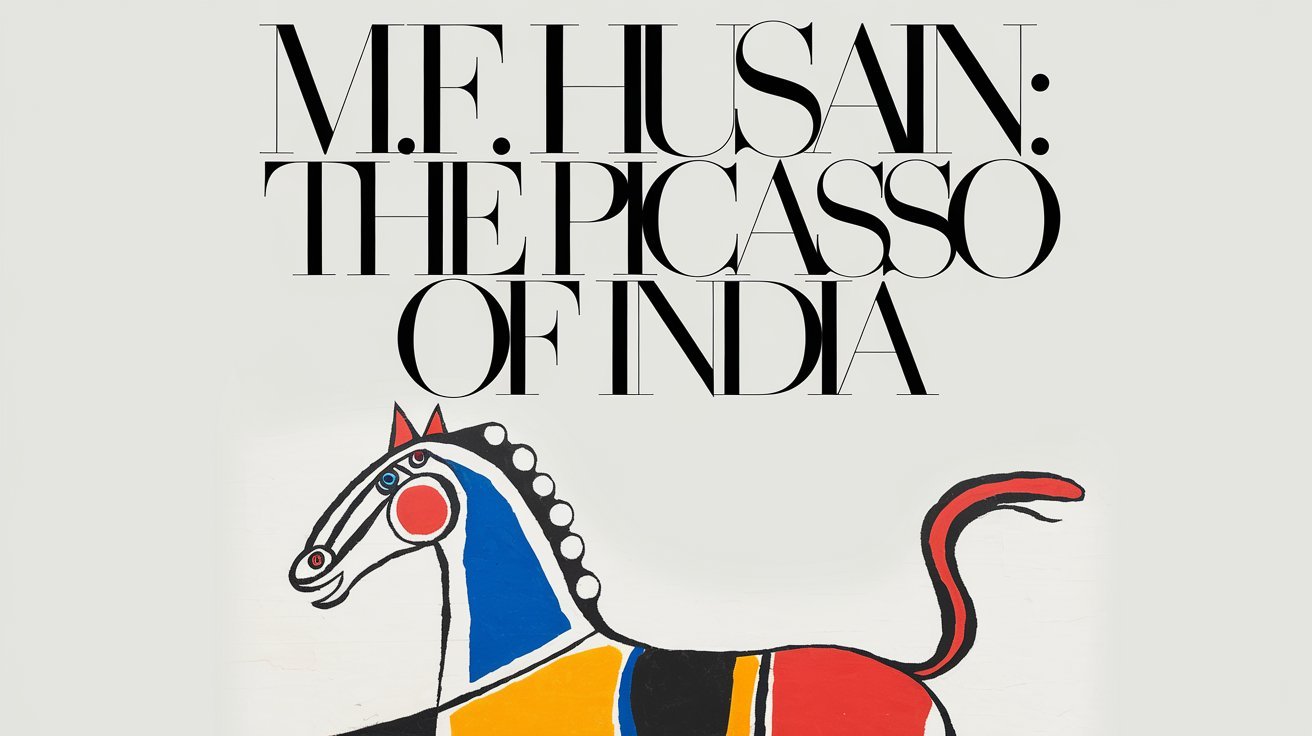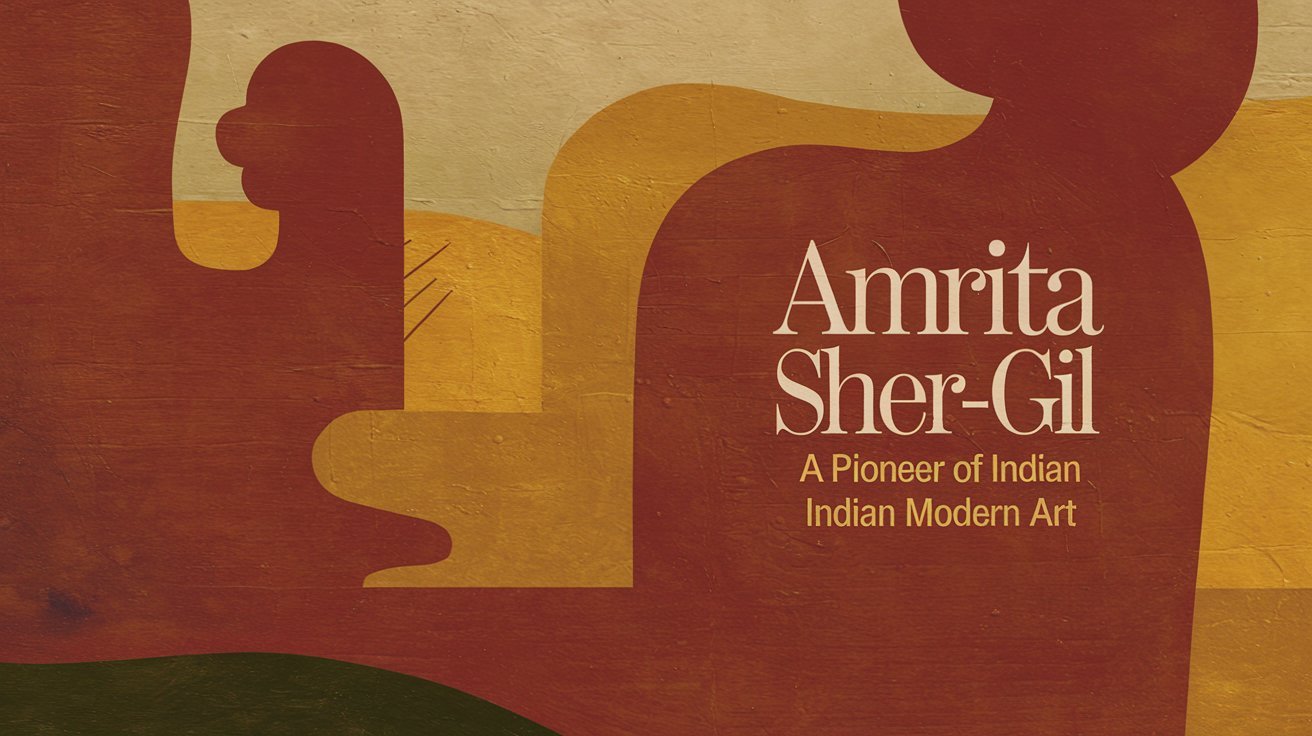Have you ever looked at a painting and felt like the artist was seeing the world in a way you could never imagine? That was Pablo Picasso. He didn’t just create art—he transformed the way people think about it. From his earliest sketches as a child to the monumental Guernica, Picasso’s life was a journey of curiosity, experimentation, and relentless creativity. His work continues to inspire, challenge, and captivate audiences around the world.
Born in Málaga, Spain, in 1881, Picasso showed exceptional artistic talent from a very young age. His father, an art teacher, recognized his skill and encouraged him to pursue formal training. Even as a child, Picasso’s drawings were extraordinary, capturing not just forms but emotions, moments, and imagination. By his teenage years, his talent was undeniable, and his early exhibitions already hinted at the revolutionary path that lay ahead. It was clear that Picasso was not content with simply following the rules; he was destined to redefine them.
Picasso’s artistic journey can be understood through the many phases that marked his evolution. His Blue Period, beginning in 1901, was characterized by somber tones and themes of melancholy, isolation, and human suffering. Paintings from this time, such as The Old Guitarist, evoke a profound emotional depth that still resonates today. Soon after, the Rose Period introduced a warmer palette and a lighter spirit, often depicting circus performers and harlequins. This phase reflected a sense of optimism and exploration, a playful contrast to the sorrow of his previous work. As he immersed himself in African art and Proto-Cubism, Picasso began experimenting with abstraction, drawing inspiration from African masks and tribal forms. This exploration culminated in Cubism, co-developed with Georges Braque, which shattered conventional artistic representation. Works like Les Demoiselles d’Avignon presented objects from multiple viewpoints simultaneously, challenging perceptions and expanding the very definition of art. In his later years, Picasso continued to experiment relentlessly, embracing surrealism, political commentary, and monumental compositions, with Guernica standing as a haunting testament to the tragedies of war.
What makes Picasso’s work extraordinary is not only his technique but also his fearless approach to creativity. He moved seamlessly between painting, sculpture, ceramics, and stage design, constantly pushing the boundaries of what art could be. His colors, shapes, and forms were never merely decorative—they conveyed emotion, ideas, and personal experience. Each piece tells a story, whether it is the raw grief of The Weeping Woman or the political outrage captured in Guernica. Through his work, Picasso showed that art is a medium for questioning, feeling, and imagining, not just reproducing the visible world.
Picasso’s influence extends far beyond his own time. He reshaped modern and contemporary art, inspiring generations of artists to explore abstraction, emotion, and innovation. Museums around the world, including the Picasso Museum in Barcelona, celebrate his legacy, while his words continue to resonate: “Every child is an artist. The problem is how to remain an artist once we grow up.” His life reminds us that creativity is not simply a talent but a way of seeing the world, a lens through which we interpret experience and express individuality.
In reflecting on Picasso’s life and work, one is reminded of the power of curiosity, courage, and imagination. He invites us to embrace experimentation, to challenge norms, and to remain open to new ways of seeing. Every brushstroke, form, and color in his work tells a story, and through his art, Picasso teaches us to look, feel, and imagine without restraint. In a world often constrained by convention, his genius lies in the freedom to create boldly and authentically, inspiring all who encounter his work to do the same.




